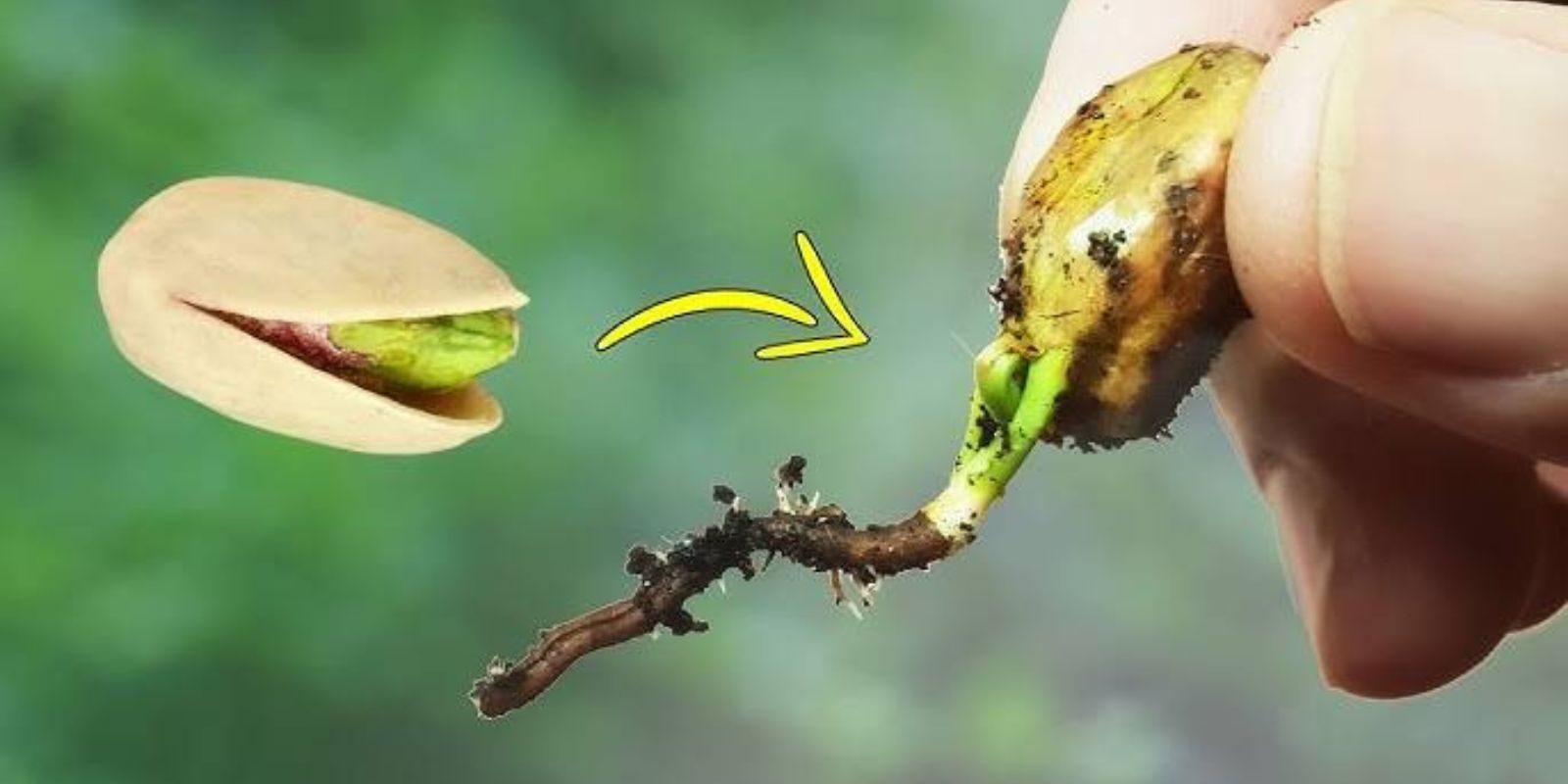Pistachios are a favorite snack for many due to their unique flavor and nutritional benefits. But have you ever considered growing your own pistachios at home? While it requires patience and careful attention, cultivating pistachios from seeds can be a rewarding gardening project. This article will guide you through every step of the process, from selecting the right seeds to harvesting your first batch of pistachios.
Why Grow Pistachios at Home?
Pistachios are not only delicious but also rich in healthy fats, protein, and antioxidants. Growing your own pistachio trees allows you to enjoy fresh, organic nuts while adding a beautiful and functional tree to your garden. Despite their reputation for being challenging to grow, pistachio trees are hardy and can thrive with proper care, making them an excellent addition to your edible garden.
Step 1: Selecting Fresh Seeds
The first step in growing pistachios is selecting the right seeds. Here’s what to look for:
- Unprocessed Seeds: Purchase raw, unroasted pistachio seeds from a trusted source. Roasted seeds won’t germinate.
- Freshness: Ensure the seeds are fresh, as older seeds may have reduced germination rates.
You can often find suitable seeds at local farmers’ markets or online gardening stores.
Step 2: Stratification Process
Stratification is a crucial step for pistachio seeds, as it mimics the cold period they naturally experience in the wild. This process helps break seed dormancy and encourages germination.
- Prepare the Seeds: Place the seeds in a plastic bag filled with moist sand or peat moss.
- Refrigeration: Store the bag in the refrigerator (not the freezer) for 6 to 8 weeks.
- Check Regularly: Ensure the medium remains moist but not waterlogged.
Stratification is essential to ensure a high germination rate, so don’t skip this step!
Step 3: Germinating the Seeds
After stratification, the seeds are ready to be planted:
- Choose the Right Soil: Use a well-draining soil mix, such as a blend of sand, perlite, and potting soil.
- Planting Depth: Sow each seed about 1 inch deep in the soil.
- Temperature: Maintain a consistent temperature of around 70°F (21°C) for optimal germination.
- Watering: Keep the soil evenly moist but avoid overwatering.
Germination can take 4 to 6 weeks, so be patient and monitor the progress carefully.
Step 4: Transplanting Seedlings
Once the seedlings reach about 10-15 cm in height, it’s time to transplant them:
- Choose a Larger Pot: If growing indoors, transfer the seedlings to larger containers with good drainage.
- Outdoor Planting: If planting outdoors, wait until the last frost has passed and the soil has warmed.
- Spacing: Provide adequate spacing of about 20 feet between trees, as pistachios grow into large trees.
Step 5: Providing Optimal Growing Conditions
Pistachio trees have specific requirements to thrive:
- Sunlight: Plant in a sunny location that receives at least 6-8 hours of direct sunlight daily.
- Soil Type: Use alkaline, well-draining soil enriched with organic matter. Pistachios prefer sandy or loamy soil.
- Watering: Water the trees regularly, but ensure the soil doesn’t become waterlogged.
Step 6: Ongoing Care
Caring for pistachio trees involves regular maintenance:
- Pruning: Prune to shape the tree, remove dead branches, and encourage healthy growth.
- Fertilizing: Use a balanced fertilizer, particularly one rich in zinc, to support healthy foliage and fruit production.
- Pest Management: Keep an eye out for common pests like aphids and caterpillars. Use organic pesticides if necessary.
Step 7: Pollination
Pistachio trees are dioecious, meaning they have separate male and female trees. Both are necessary for fruit production.
- Plant Both Genders: For every 8-10 female trees, plant one male tree.
- Hand Pollination: In the absence of natural pollinators, you can manually transfer pollen from male flowers to female flowers.
Step 8: Harvesting Pistachios
It takes patience to harvest pistachios, as the trees may take 4-7 years to start bearing fruit. When they do, here’s how to harvest:
- Watch for Ripeness: Pistachios are ready to harvest when the shells split open and the nuts turn reddish-brown.
- Hand-Picking: Gently twist the nuts off the branches.
- Drying: Spread the nuts in a cool, shaded area to dry before storing.
Step 9: Managing Pests and Diseases
Pistachio trees are susceptible to certain pests and diseases:
- Common Pests: Aphids, caterpillars, and scale insects can damage leaves and reduce yields.
- Diseases: Watch for fungal infections like Botryosphaeria, which can cause branch dieback.
Use organic pesticides and fungicides to manage these issues effectively.
The Patience and Rewards of Growing Pistachios
Growing pistachios at home is not a quick process, but the rewards are well worth the effort. The journey involves patience, as it can take several years for the trees to mature and produce nuts. However, the satisfaction of nurturing your own pistachio trees and enjoying fresh, homegrown nuts makes it all worthwhile.
Tips for Success
- Start Small: Begin with a few seeds to experiment and learn the process before planting a larger number of trees.
- Choose the Right Climate: Pistachios thrive in warm, dry climates with long, hot summers and cool winters.
- Stay Committed: Regular care and maintenance are essential for successful cultivation.
Conclusion
Growing pistachios from seeds is an exciting and rewarding gardening challenge. From selecting fresh seeds and stratifying them to nurturing the seedlings and eventually harvesting your first crop, the process is a testament to the wonders of nature and your dedication as a gardener.
Whether you’re adding pistachios to your edible garden or simply enjoying the experience of growing something unique, this guide has all the steps you need to succeed. Start your pistachio-growing journey today and enjoy the fruits of your labor for years to come!

